The designer found secret words encoded in HEX codes
The cobalt turned green, and the coffee turned pale blue.
Senior Designer Christopher Doyle & Co. Stephen Grace offers creatives a fresh look at colors in his #dec0de digital zine. In it, he turns HEX codes into words and matches them with the corresponding colors.
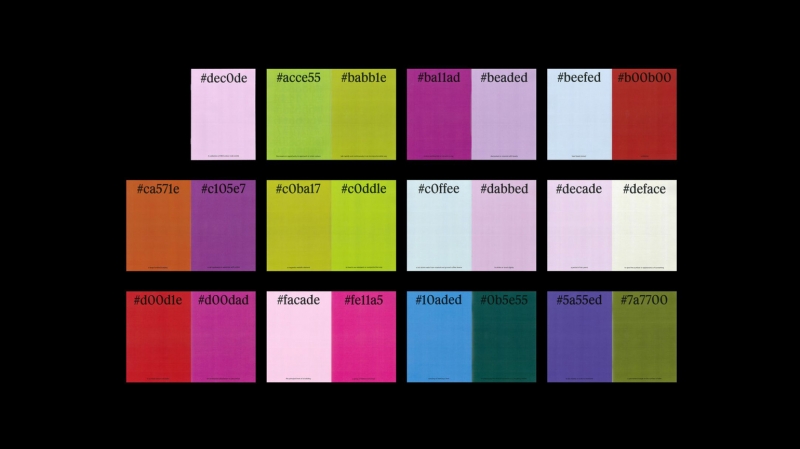
#dec0de zine pages
Stephen Grace / Christopher Doyle & Co. (christopherdoyle.com)
These codes consist of three two-character elements, letters (a, b, c, d, e, f) and numbers. This is an industry standard that allows designers to name the exact shade of the color they are working with.
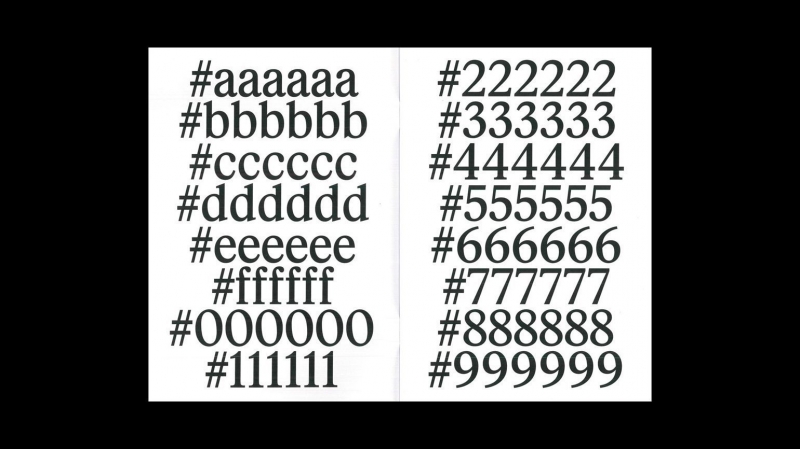
#dec0de zine pages
Stephen Grace / Christopher Doyle & Co. (christopherdoyle.com)
Steven has found HEX codes that look like words to decipher the hidden messages encoded in them. For example, #c0ffee, #d00d1e or #b00b00.

#dec0de zine pages
Stephen Grace / Christopher Doyle & Co. (christopherdoyle.com)
“We designers see these codes on a daily basis,” Stephen says. “At first I noticed a hex code that almost looked like the word “coffee”, and then I realized that you can create #c0ffee by slightly changing the code. After that, I just got curious about what other words I could make.”
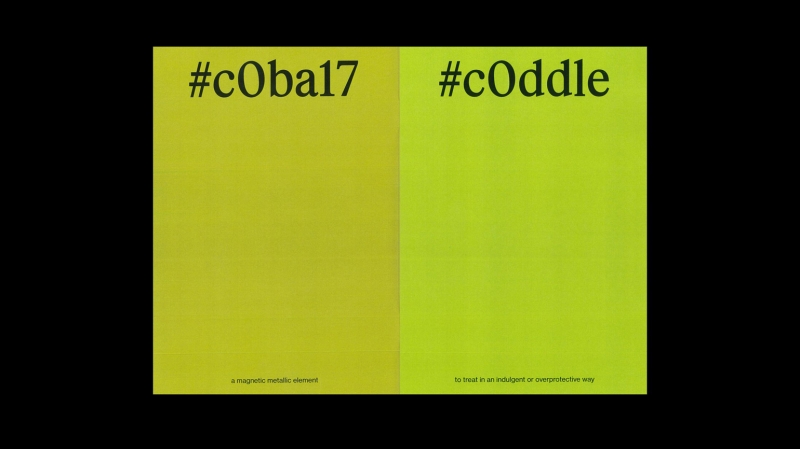
#dec0de zine pages
Stephen Grace / Christopher Doyle & Co. (christopherdoyle.com)
Steven made a zine over the weekend. At first, the process of finding words in a hexadecimal code was manual, but soon the designer called for help with an anagram solver from the Scrabble game. He also added a few extra “letters” in the vein of an early Internet language. O became 0, L became 1, S became 5, and T became 7.
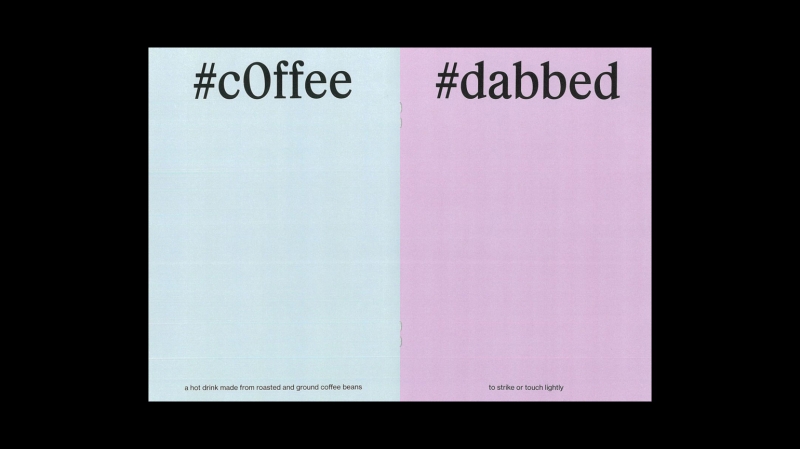
#dec0de zine pages
Stephen Grace / Christopher Doyle & Co. (christopherdoyle.com)
The colors in the HEX code don’t match the words Steven dug up directly. For example, the word #c0ffee is dusty blue, not brown as you might expect. “I really like some of these subtle combinations,” says Grace.
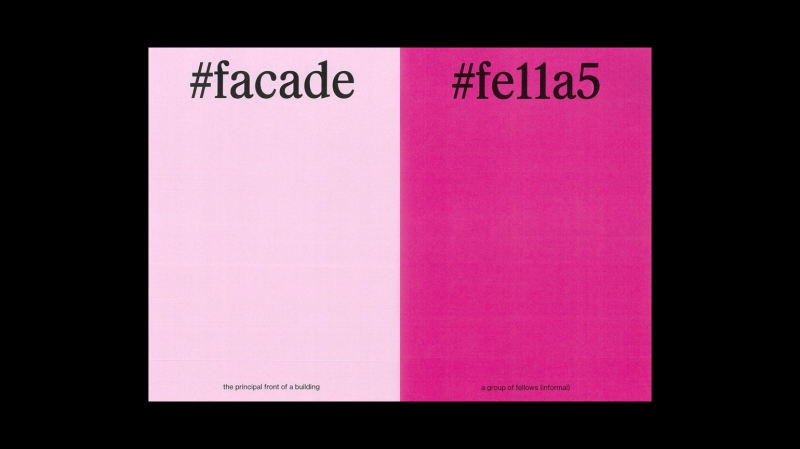
#dec0de zine pages
Stephen Grace / Christopher Doyle & Co. (christopherdoyle.com)
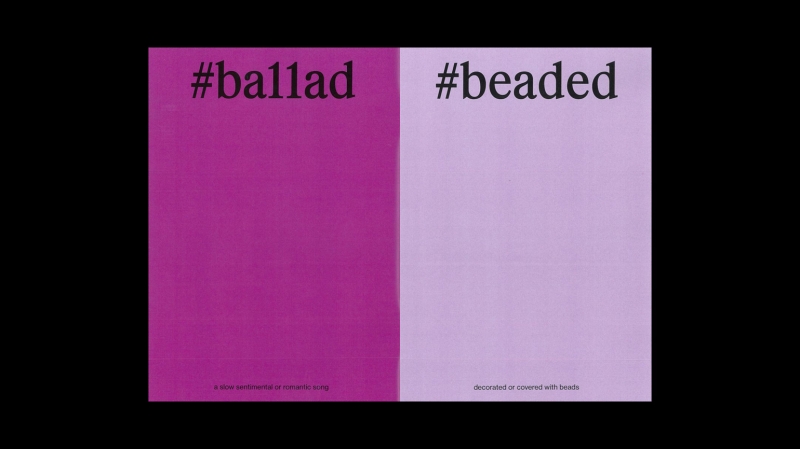
#dec0de zine pages
Stephen Grace / Christopher Doyle & Co. (christopherdoyle.com)
